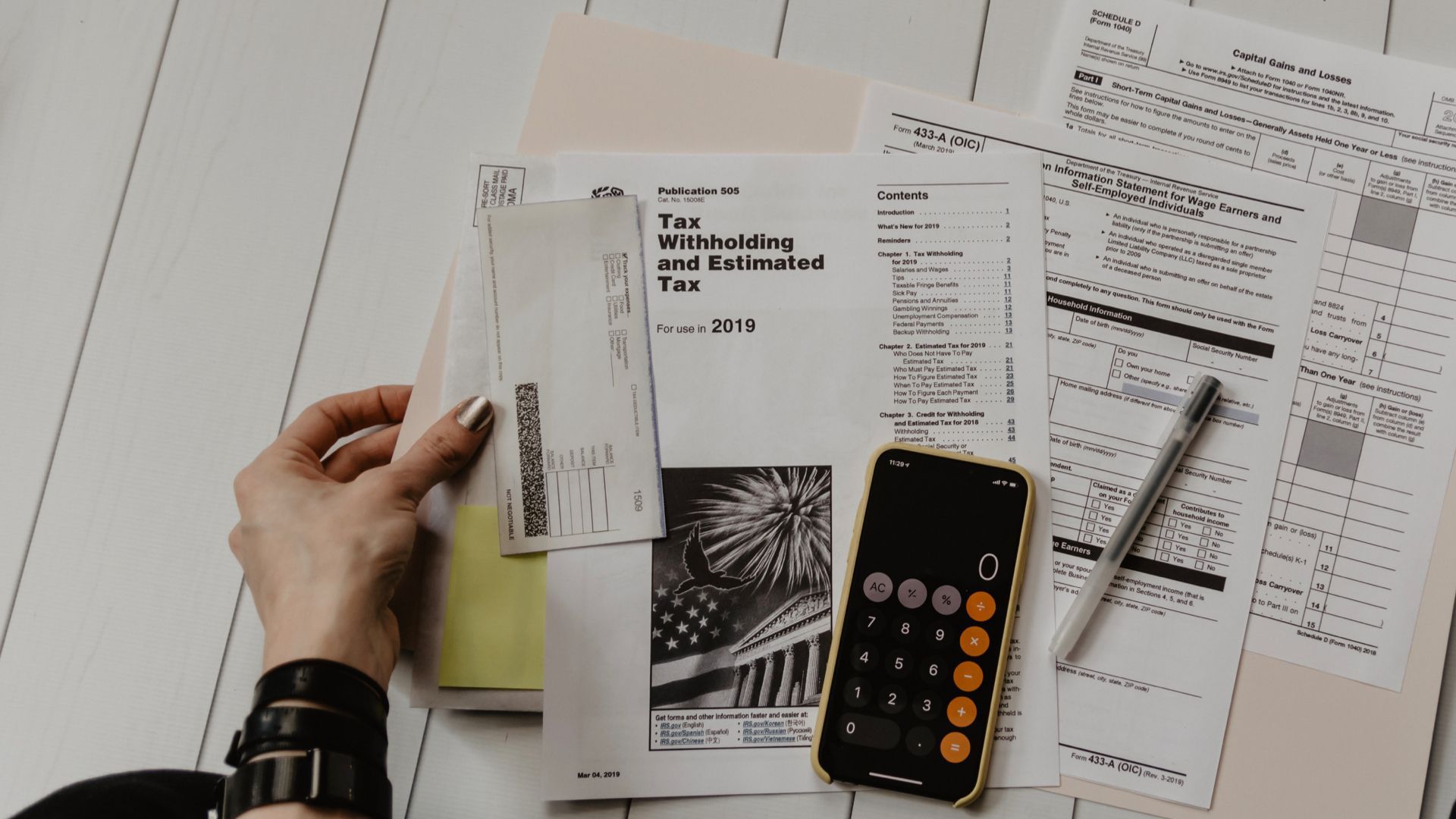Personal Finance
•
9 mins read
•
May 06, 2021
Liquid Net Worth: What It Is and How to Calculate It
Knowing the difference between your net worth and liquid net worth is imperative.

To determine your liquid net worth, all you need to do is add up your total liquid assets and subtract your total liabilities.
Each year, it’s not a bad idea to take stock of what you own and what you owe, so you’re gaining rather than losing ground when it comes to your finances. So, knowing the differences between your
and your liquid net worth is imperative.
What Are the Differences Between Overall Net Worth and Liquid Net Worth?
It’s not uncommon to confuse net worth and liquid net worth.
Net Worth
Your liquid net worth is similar to your net worth. The only difference is that liquid assets don’t consider your non-liquid assets, such as your retirement account or any real estate you own. Your net worth, then, is by how much the total value of your assets exceeds your total liabilities.
Since your net worth is affected by both liquid and non-liquid assets, you’ll want to add up the value of all of your assets, which might include items such as your car, any property you own, and retirement accounts, and subtract your liabilities from this amount.
If your assets are worth less than your liabilities, you have a negative net worth. If your assets are worth more than your liabilities, you have a positive net worth.
Liquid Net Worth
The ability to quickly swap assets for cash is called liquidity. So, if you had an emergency and needed cash quickly, how much money could you put your hands on fast? When someone mentions a liquid asset, the first thing that may come to mind is cash. However, the money in your pocket isn’t the only example of a liquid asset:
* CDs, stocks, bonds, and money market funds
* Tax refunds
* Promissory notes (IOUs)
* Government bonds
* Your stimulus checks. Why Is Your Liquid Net Worth Important?
Let’s say a tree fell on your house and left a large, gaping hole. It is supposed to rain for the next five days. You called your insurance company, but the adjuster is busy and can’t come out to appraise the damage for two days. You need the hole fixed now. That’s where liquid assets come in handy.
In this case, you can write a check to a roofing company and get the work done. If you don’t have an emergency fund or enough cash in the bank, it can take weeks to come up with the money to fix the roof. You can sell your car, but that can also take time, and you need your vehicle for work.
How much is enough to have as liquid assets? That depends. Not everyone can afford to have $1 million in the bank, as many financial experts recommend. But having enough to cover six months of expenses is a
.
How to Calculate Your Liquid Net Worth
It’s relatively easy to calculate your liquid net worth. But before you start, you must first calculate your total net worth using this formula:
Assets - Liabilities = Net Worth
Assets are things you own, like your home, a car, and jewelry. Liabilities are your ongoing expenses, like your mortgage and car payments.
You simply add up the value of all your liquid assets and subtract your liabilities. Keep in mind that if some of your liquid assets, such as stock and bonds, have a liquidity discount, you will need to take this into account when calculating your liquid net worth.
The formula to calculate your liquid net worth:
You must also remember to remove all of the costs and expenses involved with liquidating all of your assets. For instance, if you
free-and-clear and sell it for $400,000, you must subtract the cost of selling your home, like realtor fees.
How to Calculate the Percentage of Your Liquid Assets to Total Assets
Once you’ve determined your total liquid assets, weigh them against your total assets. While no set dollar figure should be “liquid,” you will want easy
to pay for emergencies and the unexpected.
You can calculate the percentage by dividing your liquid assets by total assets and multiplying that figure by 100. The answer tells you what percentage of your total worth can be converted to cash quickly.
Liquid Assets ÷ Total Assets x 100
Factors Affecting Your Liquid Net Worth
The most significant factor affecting your liquid net worth is not having enough money. An emergency fund is essential in case of job loss, an accident, a large expense that can’t wait, and more.
If you have too much of your money tied up in non-liquid assets, you are much less “liquid,” So, if or when you need fast access to cash, you’ll be out of luck.
Examples of Non-Liquid Assets
* Real estate
* Jewelry, artwork, collectibles
* Assets in an estate
* Private equity assets
* Stock options
How to Improve Your Liquid Net Worth
There are several easy ways to improve your liquid net worth, including:
1. Reducing your liabilities and
2. Trimming your expenses
3. Putting your tax return and stimulus check into a savings account
4. Adding another source of income
5. Putting as much as possible into your retirement account
6. Transferring part of your paycheck into an interest-bearing account
Not everyone has a positive liquid net worth, and many people are just one paycheck away from poverty. Calculating your liquid assets is important and making changes, like reducing your debt or
, can keep your head above water financially.
Liquid assets are items you can use or turn into cash right away. The money in your savings accounts are examples of liquid assets, while things like your car and the value of your house are fixed assets.


